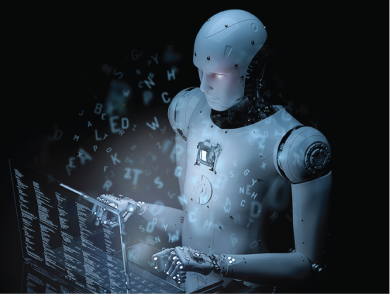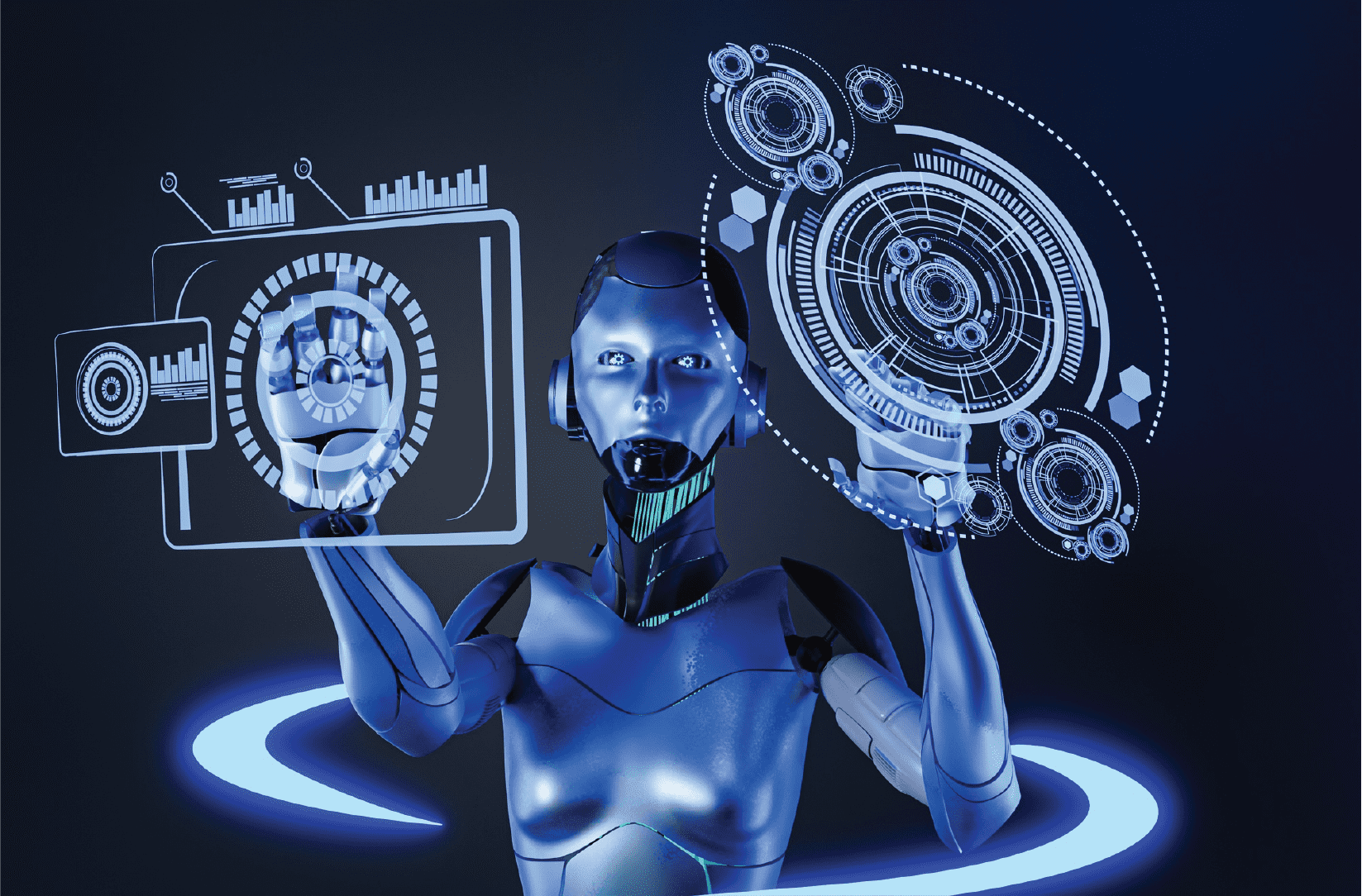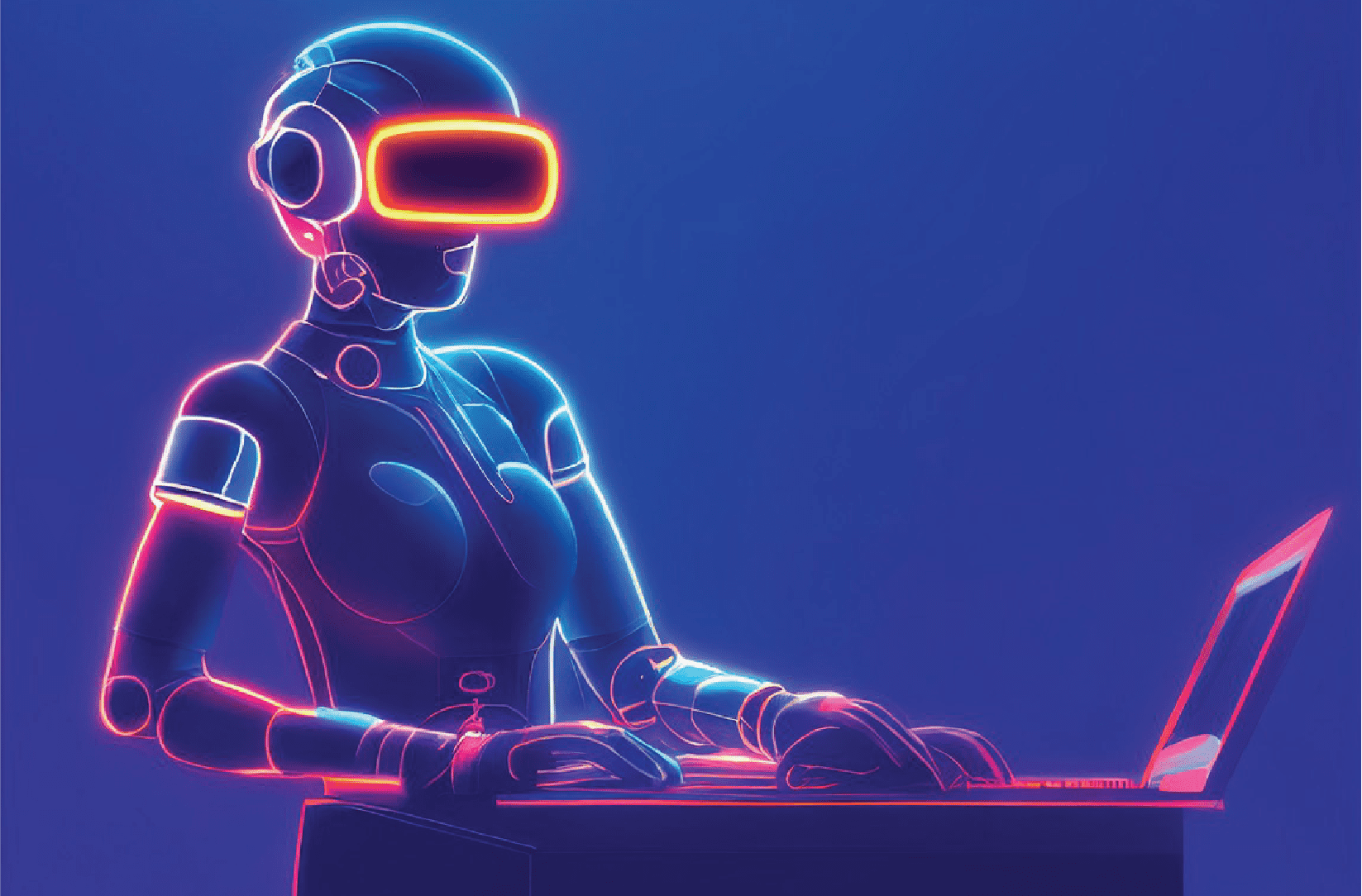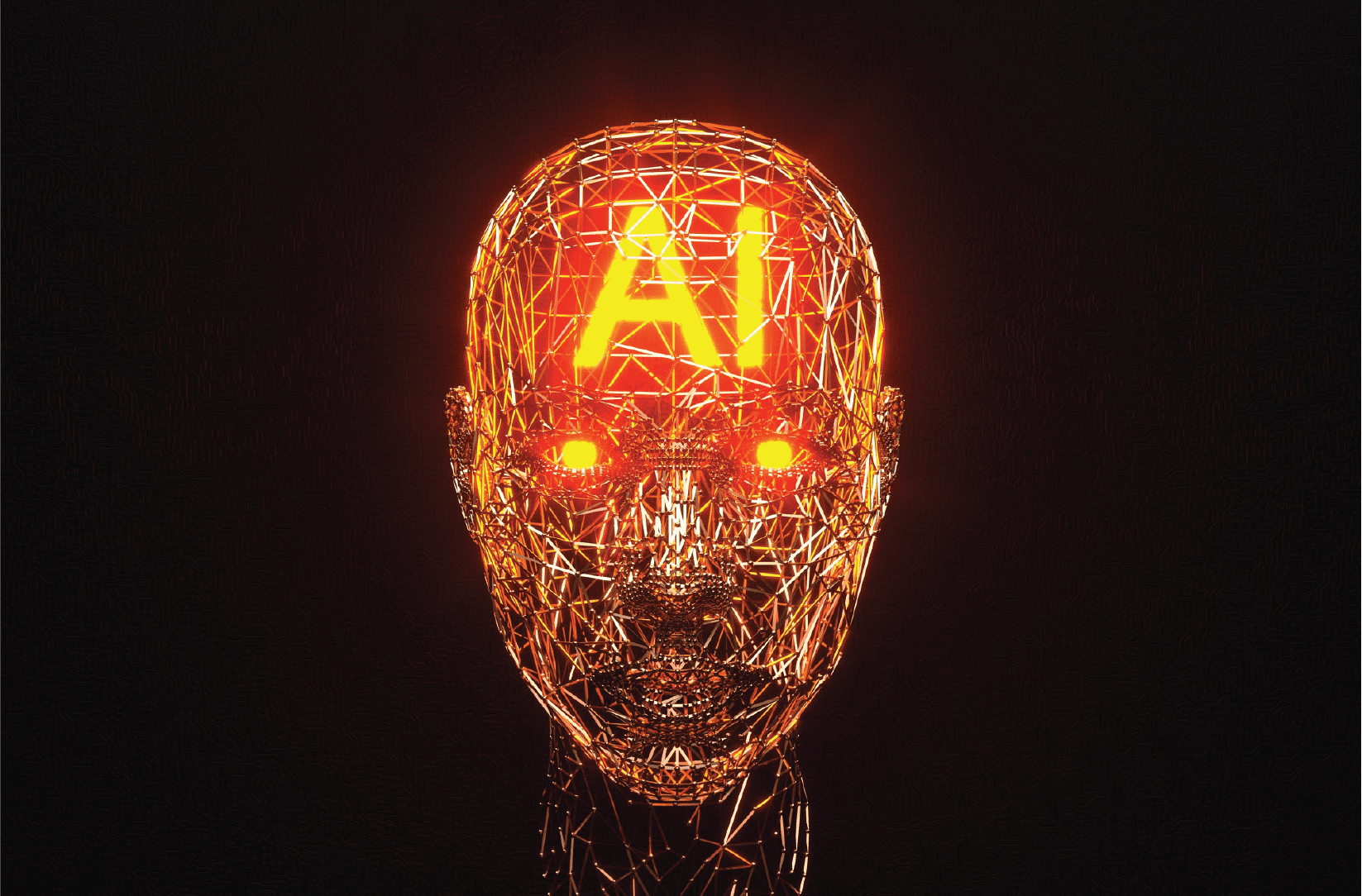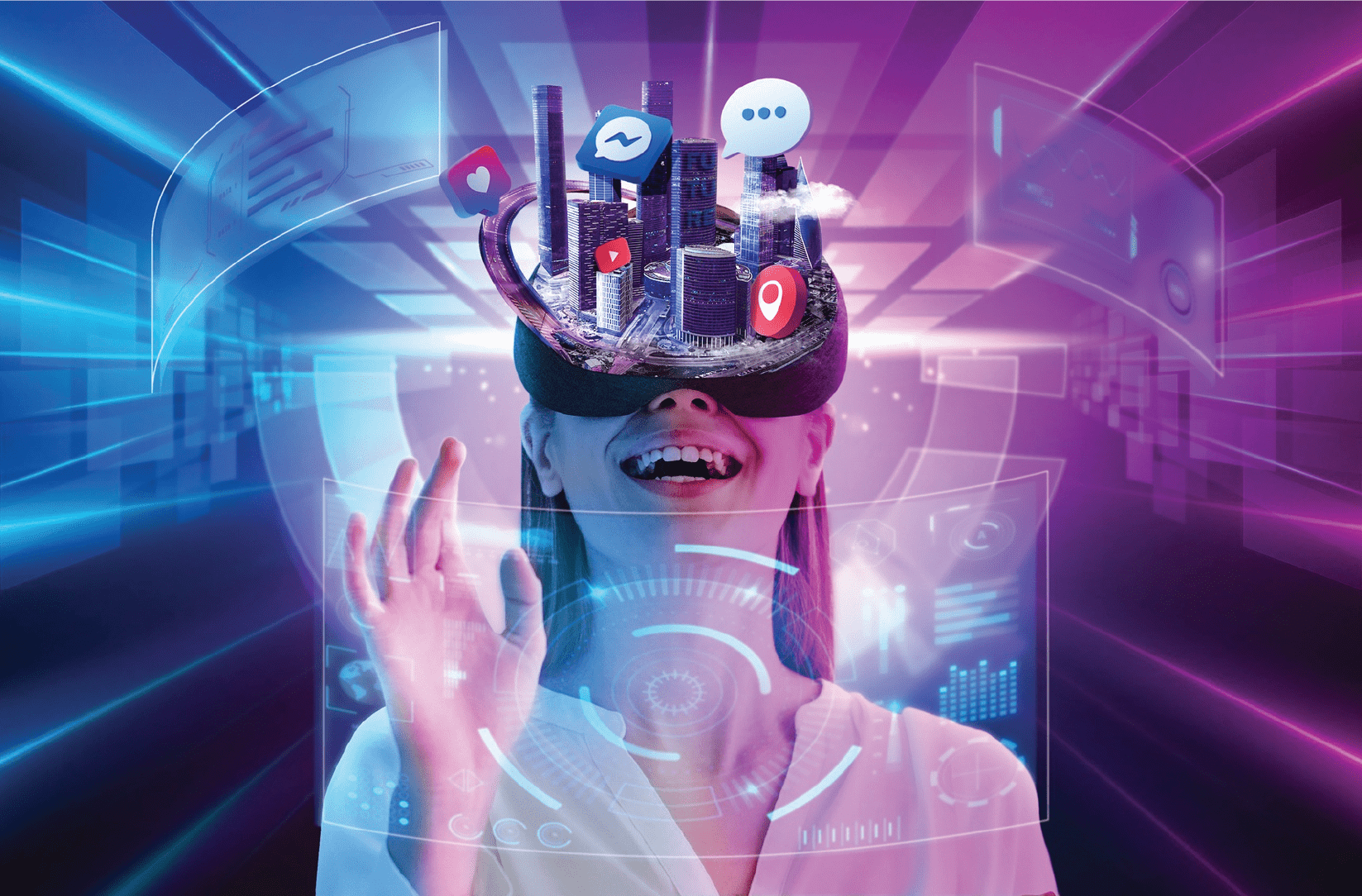AI & The Turing Test: Unravelling the Secrets of Machine Intelligence
Introduction
For generations, Artificial Intelligence (AI) has captivated and intrigued humanity. As we explore the frontiers of advanced technology, a fundamental question arises: Can machines ever achieve intelligence on par with human cognition? This very question serves as the foundation of the Turing Test, an influential idea presented by Alan Turing, a trailblazing mathematician and computer scientist. Within this blog, we shall delve into the core of the Turing Test, investigate its importance in comprehending machine intelligence, and contemplate its potential impact on the future of AI.
The Turing Test Unveiled
In 1950, Alan Turing unveiled the Turing Test in his paper, "Computing Machinery and Intelligence." The objective of this test was to evaluate a machine's capability to display intelligent behaviour indistinguishable from that of a human. In a Turing Test scenario, a human evaluator engages in interactions with both a machine and a human without knowledge of their identities. If the evaluator cannot consistently differentiate between the two based on their responses, the machine is deemed to have passed the test, thus showcasing a degree of artificial intelligence.
Peering into Machine Intelligence
The Turing Test played a crucial role in advancing our comprehension of machine intelligence and triggered extensive discussions among researchers. While it does not offer an absolute gauge of genuine intelligence, it pushes the limits of what machines can accomplish in areas such as human-like reasoning, language understanding, and problem-solving abilities.
The Evolving Landscape of AI
Following Turing's proposition, AI has undergone remarkable advancements, and the Turing Test remains a pivotal benchmark for AI researchers. With progress in natural language processing, machine learning, and neural networks, AI systems have achieved impressive accomplishments, including defeating human champions in strategic games like chess and go. Furthermore, AI-driven chatbots and voice assistants are continuously improving their ability to comprehend and interact with human language.
Cognitive Limitations of Machines:
Despite achieving substantial breakthroughs, AI encounters significant constraints. Machines excel in pattern recognition and processing vast datasets, yet they fall short in genuine comprehension, consciousness, and emotional intelligence. Grasping context, irony, and abstract reasoning remain challenging tasks for AI systems.
Ethical Considerations
With the continuous expansion of AI capabilities, ethical dilemmas come to the forefront. The Turing Test brings forth concerns regarding the moral consequences of developing machines that can convincingly imitate human intelligence. Experts and policymakers are engaged in widespread debates about the responsibilities, rights, and potential risks linked to highly advanced AI.
Towards Artificial General Intelligence (AGI)
The Turing Test epitomizes the pursuit of Artificial General Intelligence (AGI), aspiring for machines to possess a diverse array of cognitive abilities akin to human intelligence. Attaining AGI holds the potential for groundbreaking advancements across various domains, but it also necessitates meticulous consideration of safety protocols and ethical principles.
Conclusion
The Turing Test remains an enduring challenge, inviting us to delve into the essence of machine intelligence. As AI continues to progress, it will undoubtedly revolutionize our world, enhancing human capabilities, and reshaping industries. While the Turing Test serves as a measure of AI advancement, we must acknowledge that genuine human intelligence goes beyond mere imitation. As we navigate the dynamic AI landscape, we must exercise caution, ensuring that the development of machine intelligence aligns with our ethical values. By unravelling the secrets of AI, we pave the way for a future where technology and humanity coexist in harmonious progress.

